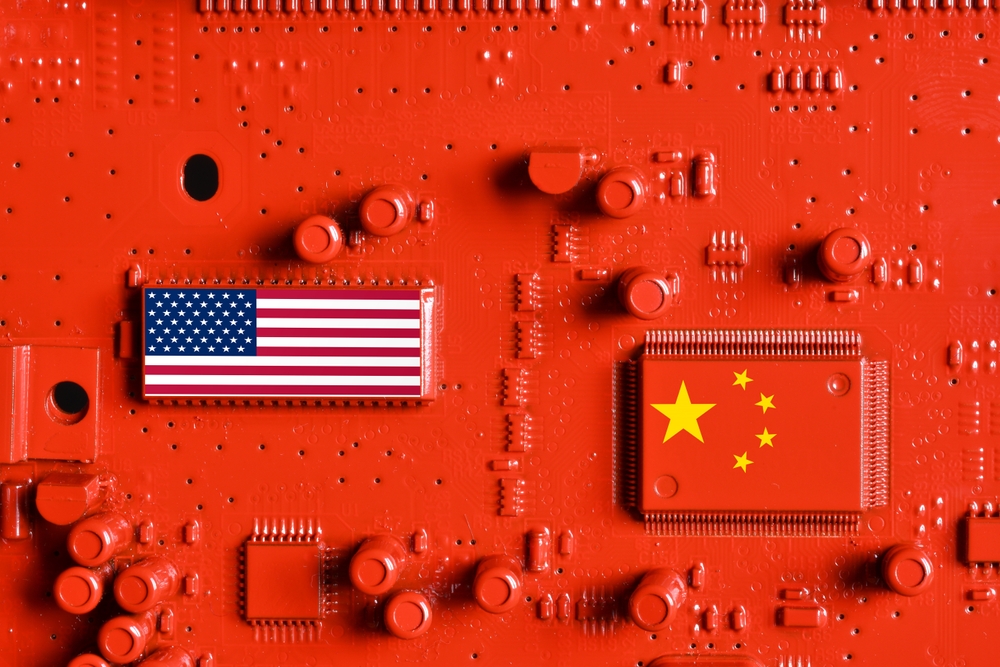
China has outspent South Korea, Taiwan, and the United States combined on chipmaking equipment, investing a staggering $25 billion in the first half of 2024. This unprecedented spending underscores China’s ambition to localize chip production and insulate itself from potential Western trade restrictions, as tensions surrounding technology exports continue to escalate.
An Unprecedented Investment in Semiconductors
China’s bold $25 billion investment is part of an even larger plan to spend $50 billion by the end of 2024. This aggressive push is driven by the nation’s need for self-sufficiency in the semiconductor industry, a sector critical to everything from consumer electronics to advanced military technologies. The surge in spending also reflects a calculated effort by Chinese manufacturers to meet future market demands, especially as chip shortages have shaken industries globally.
More than a dozen new semiconductor fabrication plants (fabs) are expected to come online across China over the next two years. The investment isn’t just from leading manufacturers like Semiconductor Manufacturing International Corporation (SMIC) and Hua Hong Semiconductor, but also from a range of smaller companies. These smaller players are contributing to China’s growing influence in the global chip market by targeting the production of chips for consumer electronics and other essential technologies.
Outpacing Global Competitors
While China increases its spending, other semiconductor powerhouses like South Korea, Taiwan, and the United States have reduced their investments in chipmaking equipment. Taiwan, home to the world’s leading semiconductor manufacturer, TSMC, has slowed its investment pace. South Korea, known for Samsung’s dominance in memory chip production, has also taken a more cautious approach.
China’s rise comes at a time when the global semiconductor industry faces intense challenges. Economic uncertainty, fluctuating chip demand, and trade restrictions have led other nations to pull back on spending. In contrast, China has capitalized on this moment, securing its position as the largest market for semiconductor equipment.
Impact on Global Chipmaking Suppliers
China’s massive investment has sent ripples through the chip equipment supply chain. Major suppliers, including U.S.-based companies Applied Materials, Lam Research, and KLA, as well as Japan’s Tokyo Electron and Netherlands-based ASML, have all reported a sharp rise in sales to Chinese buyers. ASML, the leading provider of lithography machines critical for advanced chip production, reported that nearly half of its revenue now comes from China.
The capital intensity of the chip industry—defined as the proportion of revenue spent on new equipment—has soared to more than 15% annually for four consecutive years, driven in large part by China’s spending spree. This trend reflects a growing imbalance in global supply and demand, as chipmakers race to keep up with emerging technologies like artificial intelligence (AI) and electric vehicles, which are heavily reliant on semiconductors.
Looking Ahead: A New Era for Global Chipmaking?
As China pushes forward, the outlook for global semiconductor manufacturing is poised for change. While China’s rapid investment pace may normalize over the next few years, other regions—including Southeast Asia, the Americas, and Europe—are expected to ramp up their own spending to expand chip production capabilities. In the race to control the future of the semiconductor industry, no one can afford to stand still.
For more insights into China’s historic semiconductor investments, read the full report on Tom’s Hardware.

 Get in Touch
Get in Touch 


